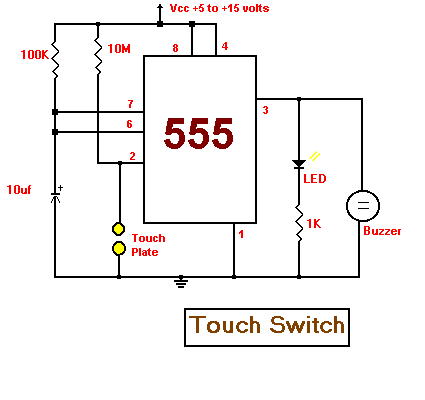Low Voltage Touch Sensor Power Design: A Beginner’s Guide

The Problem :
Touch sensors are commonly used in DIY projects and industrial automation to detect user interaction without mechanical switches. However, ensuring that a touch sensor works efficiently at low voltages (3.3V or 5V) can be tricky. When the voltage is too low, the sensor may not trigger properly, leading to inconsistent results.
The Solution :
The main challenge is that touch sensors need stable power and proper grounding to detect changes accurately. A weak power source or incorrect resistor value can cause the sensor to misfire. To fix this, ensure the power supply is steady and use a pull-up resistor (typically 10kΩ) to maintain a stable high state when the sensor is not pressed.
Practical Example :
Consider a simple project where you use a TTP223 touch sensor to control an LED. If the LED flickers or doesn’t respond properly, check your power source and ensure the ground is properly connected. Adding a 10kΩ pull-up resistor between VCC and the sensor’s signal pin can stabilize the output.
Sample Calculation :
For a 3.3V power source:
Desired pull-up current: ~0.33mA (for stable logic high)
Resistor value: R = V/I = 3.3V/0.33mA ≈ 10kΩ
Recommended Components :
TTP223 touch sensor module – Ideal for low-voltage touch applications.
10kΩ resistor – Ensures signal stability.
Support our work and India’s innovation—buy from our Make in India site!




















